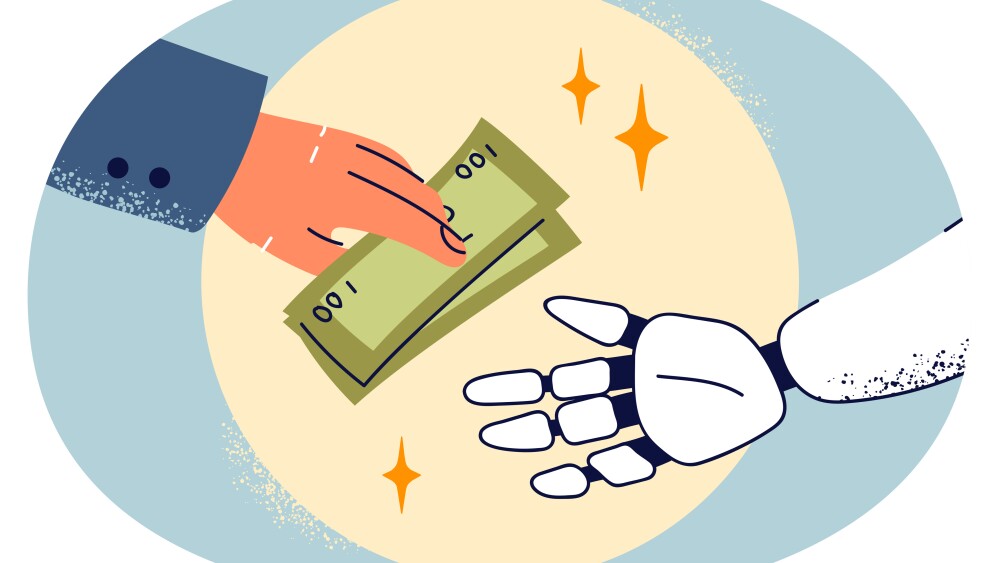Not all licensing deals are successful. Here, BioSpace examines a few noteworthy assets that Big Pharma returned in the last 12 months.
In recent years as Big Pharma has shied away from M&A to restock their pipelines, they have instead turned to licensing deals to add new assets. But occasionally, some deals just don’t work out, and these assets are returned to the biotechs they came from.
Returned assets usually have more to do with disappointing data or reprioritization of what areas companies want to focus on rather than market trends, said Graig Suvannavejh, senior biopharmaceuticals and biotechnology equity research analyst at Mizuho Americas. “Even though they have very large R&D budgets, companies have to constantly review their portfolios, and they have to decide which of the drugs they want to continue investing in and which ones have the most promise,” he told BioSpace. “It’s the natural course of drug development.”
Strategic pipeline realignments are a normal course of business for larger pharmaceutical companies and a top reason behind many returned assets, he continued, along with disappointing clinical trial results. Additionally, sometimes the science or the commercial opportunities simply aren’t as promising as they might have been years ago when a deal was initially struck.
“Most of the returned asset situations tend to be drugs that were in licensed at an earlier stage and may have been returned after Phase II data or maybe even Phase III data, because the drug just didn’t work out,” Suvannavejh said.
When large companies return the rights to assets back to smaller biotechs, it often has a very dramatic impact on the stock price because investors can assume the asset is damaged or not going to work, even if that’s not always the case, Suvannavejh said. On top of the bad PR that comes with a returned asset, it usually brings uncertainties of how the smaller biotech will finance the drug to get it across the finish line, he said.
“When an asset gets returned, it’s probably not planned in that small company’s budget,” he said. “If they want to get the drug now taken across the finish line, they have to fund it on their own. So that creates financial pressures, potentially, at the smaller company, because they’re already trying to scrap for every dollar that they can to develop drugs.”
Here, BioSpace examines four noteworthy returned assets from the past year.
BMS Gives Back Agenus’ Bispecific Antibody for Cancer
August 2024
Bristol Myers Squibb, as part of a broader strategic pipeline realignment that is costing thousands of employees their jobs, returned the rights to Agenus for a proprietary TIGIT bispecific antibody program, which was being tested in early-stage trials for solid tumors.
The deal was struck for $200 million upfront in 2021, when this mechanism of action was hot, Suvannavejh said. Both Gilead and Roche have TIGIT programs, but Roche recently canceled their clinical trial with the candidate after disappointing data. “Likely, as BMS has been watching the competitive landscape, the company found that this target no longer seems viable,” he said.
Agenus, which was eligible under the deal to receive up to $1.3 billion in milestone payments, had received two of those payouts so far: $20 million in 2021 and $25 million in 2024.
Roche Returns Solid Tumor Asset to Repare
February 2024
Citing a pipeline review and “evolving” external factors, Roche returned the potentially best-in-class investigational cancer asset camonsertib to Repare Therapeutics in February. Camonsertib is an investigational oral small molecule inhibitor of the ataxia telangiectasia and Rad3-related protein kinase (ATR), which according to the company’s website is critical for the DNA’s response to damage.
“Roche is one of the largest oncology companies in the world,” Suvannavejh said. “My guess is either the data that they generated in their own hands with the asset [was disappointing] or maybe the commercial opportunity might not be as large as it used to be given competitive landscape factors. Or maybe they didn’t want to be betting on this mechanism of action.”
The move came just weeks after a $40 million payout to Repare when the biotech successfully dosed its first patient in the Phase II TAPISTRY study, designed to evaluate camonsertib in patients with unresectable, locally advanced or metastatic solid tumors carrying specific oncogenic mutations.
Roche paid $125 million upfront in June 2022 and pledged up to $1.2 billion in potential milestones plus royalties for camonsertib.
AstraZeneca Gives Up on Roxadustat, Returns Rights to FibroGen
February 2024
More than two years after an FDA rejection, AstraZeneca has given the rights to roxadustat back to FibroGen in the U.S. and rest-of-world. The companies will maintain their contract in China and South Korea for the HIF-PH inhibitor, where it is approved for anemia in patients with chronic kidney disease.
“This one is fairly straightfoward,” Suvannavejh said. “The drugs just didn’t turn out the way they had hoped.” The FDA indicated roxadustat couldn’t be approved for use in the U.S. in its present form and asked that another clinical trial be run before they reapplied.
AstraZeneca first bought into the potential of roxadustat in 2013, with an upfront payment of $350 million and the promise of up to $465 million in development milestones—plus potential future sales-related milestone payments and tiered royalties. AstraZeneca had already paid out a $15 million milestone payment in 2015, $120 million payment in 2015 and $62 million in 2016. If roxadustat is approved for chemotherapy-induced anemia in China in mid-2024, FibroGen may still receive a $10 million milestone payment from AstraZeneca.
Johnson & Johnson Returns Tryvio to Idorsia Months Before FDA Approval
September 2023
Idorsia was spun out of Johnson & Johnson’s $30 billion acquisition of Actelion in January 2017. At the time, J&J was primarily interested in Actelion’s main assets in pulmonary arterial hypertension, Suvannavejh said. “[Actelion] was working on a whole bunch of other things, but J&J had no other interest in developing those things, so the structure that was agreed to was that J&J gave Actelion money to start a new company, which then became Idorsia.”
Approximately 650 employees were transferred to Idorsia, together with the discovery pipeline and early-stage clinical assets. In November of that year, the newly formed company announced a collaboration with J&J subsidiary Janssen Biotech, with Idorsia set to receive $230 million in milestone payments for development of Tryvio, an oral endothelin receptor antagonist for the treatment of hypertension to reduce blood pressure in adults who have not reached adequate control on other drugs.
But in September 2023, after Phase III clinical trial results of the drug revealed that 18% of patients on high doses experienced mild to moderate fluid retention, J&J gave the rights to Tryvio back to Idorsia for up to 306 million Swiss francs (about $343 million).
This year, however, the reacquisition paid off. In March, Idorsia won FDA approval for Tryvio.
“It can happen, but I don’t think it’s common that drugs that are returned eventually get approved,” Suvannavejh said.






